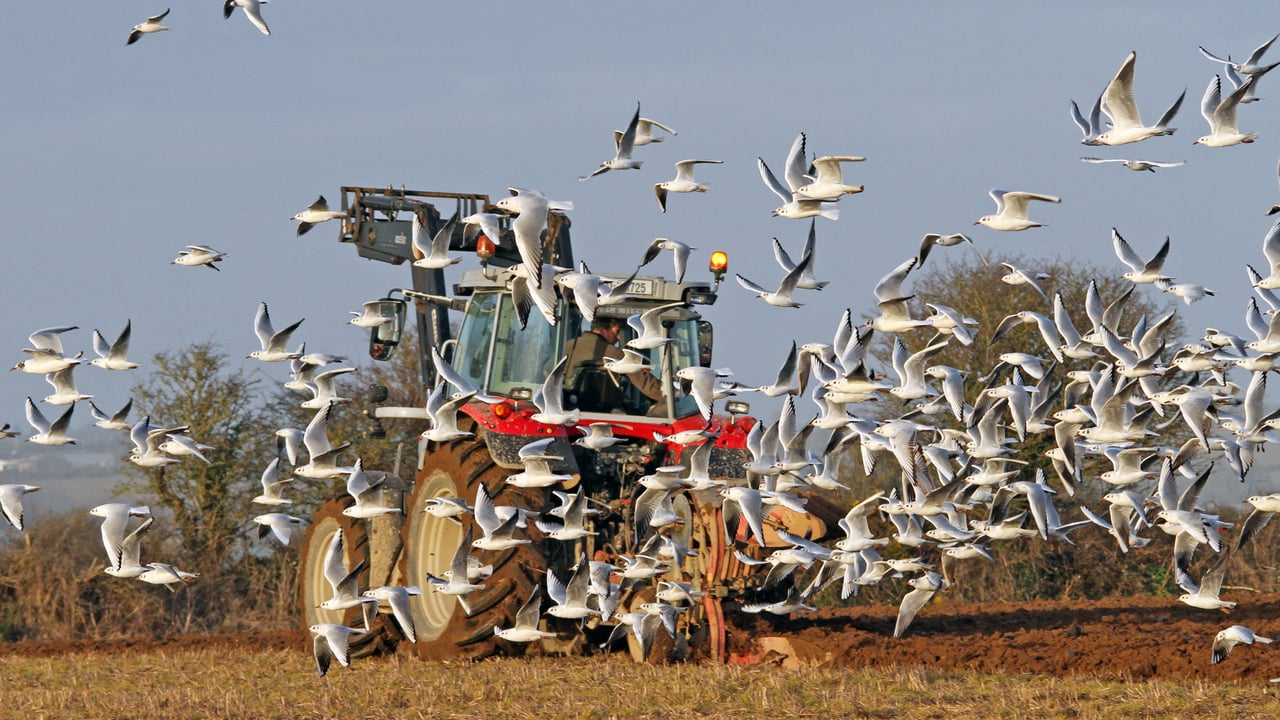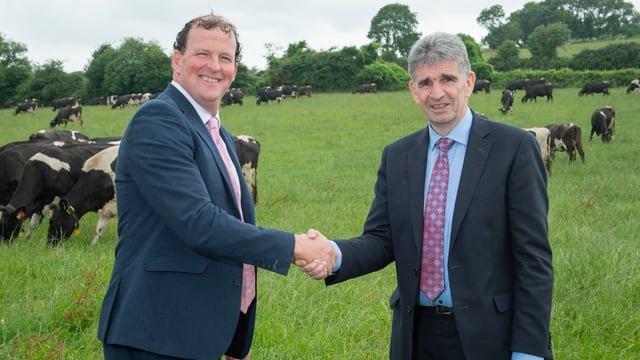EFSA: Avian flu cases decline in Europe but surveillance advised
The European Food Safety Authority (EFSA) has contended that while cases of highly pathogenic avian influenza (HPAI), or avian flu remain "low", surveillance is recommended ahead of the next influenza season.
Based on reported data between April and June 2024, the EFSA has stated that Europe has recorded the lowest number of HPAI cases in poultry and wild birds since 2019/2020 and the risk to the general public remains low.
The improvement of the situation in Europe may be linked to several factors, including:
- Immunity developed by wild birds following previous infection;
- Reduction of certain wild bird populations;
- Decreased environmental contamination;
- Changes in the composition of viral genotypes.
Experts noted the "continuous circulation" of HPAI virus in wild birds in Europe throughout the year, albeit at low numbers. They recommended to enhance surveillance in view of the next influenza season.
Between March 16 and June 14, 2024, 42 highly pathogenic avian influenza (HPAI) A(H5) virus detections were reported in domestic (15) and wild (27) birds across 13 countries in Europe.
Although the overall number of detections in Europe has not been this low since the 2019–2020 epidemiological year, HPAI viruses continue to circulate at a very low level.
Most detections in poultry were due to indirect contact with wild birds, but there was also secondary spread.
Outside Europe, the HPAI situation intensified particularly in the USA, where a new A(H5N1) virus genotype has been identified in 130 dairy herds in 12 states.
Infection in cattle appears to be centred on the udder, with milk from infected animals showing high viral loads and representing a new vehicle of transmission.
Apart from cattle, HPAI viruses were identified in two other mammal species (alpaca and walrus) for the first time.
Between 13 March and 20 June 2024, 14 new human cases with avian influenza virus infection were reported from Vietnam, Australia, USA, China, India, and Mexico (one fatal A(H5N2) case).
The latter case was the first laboratory-confirmed human infection with avian influenza virus subtype A(H5N2).
Most of the human cases had reported exposure to poultry, live poultry markets, or dairy cattle prior to avian influenza virus detection or onset of illness.
Human infections with avian flu viruses remain rare and no human to-human transmission has been observed.
The risk of infection with currently circulating avian influenza viruses in Europe remains low for the general public.
The risk of infection remains low-to-moderate for those occupationally or otherwise exposed to infected animals or contaminated environments.





